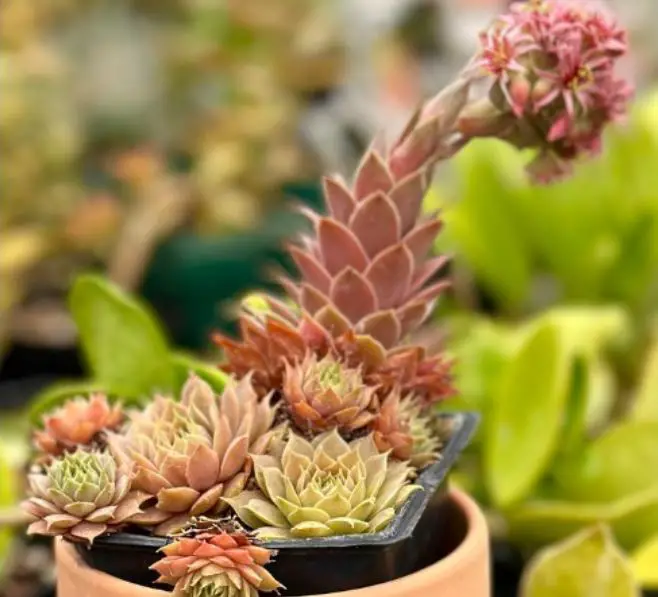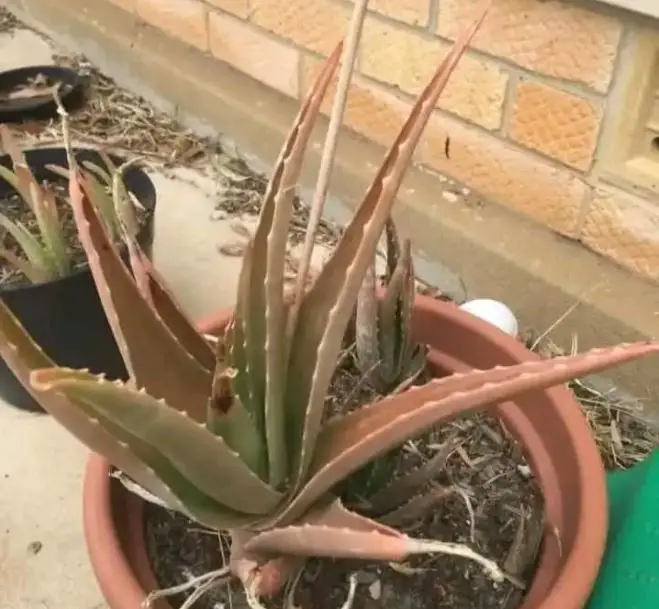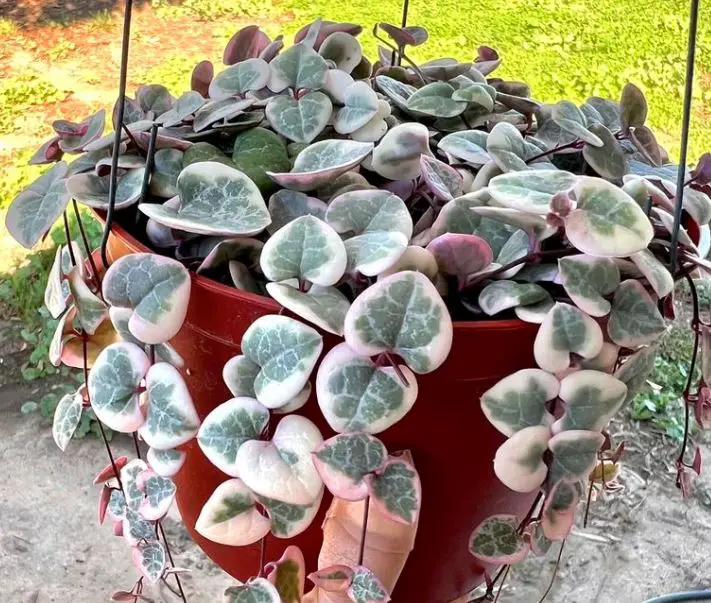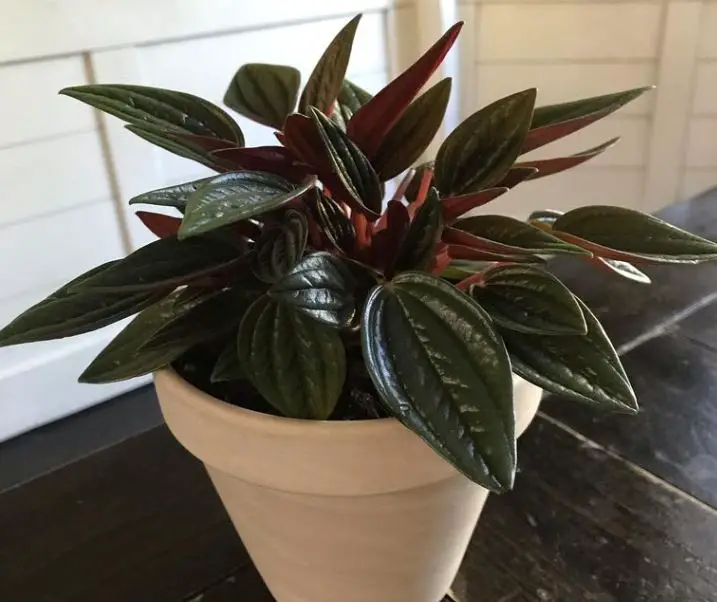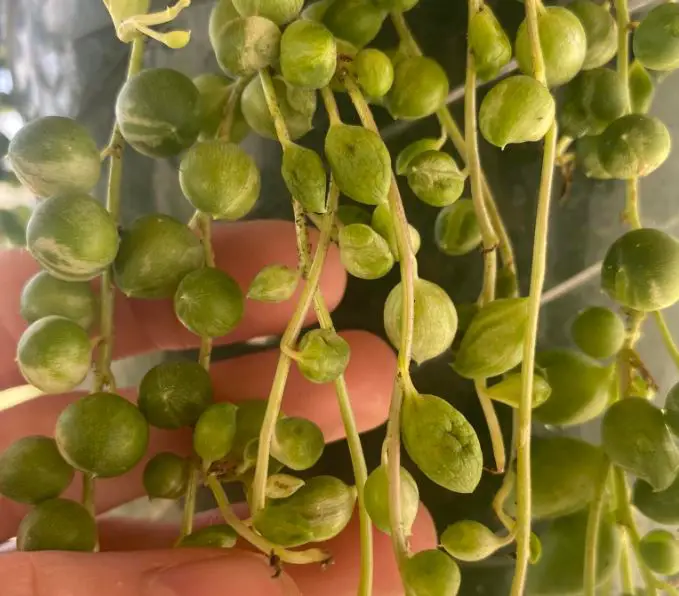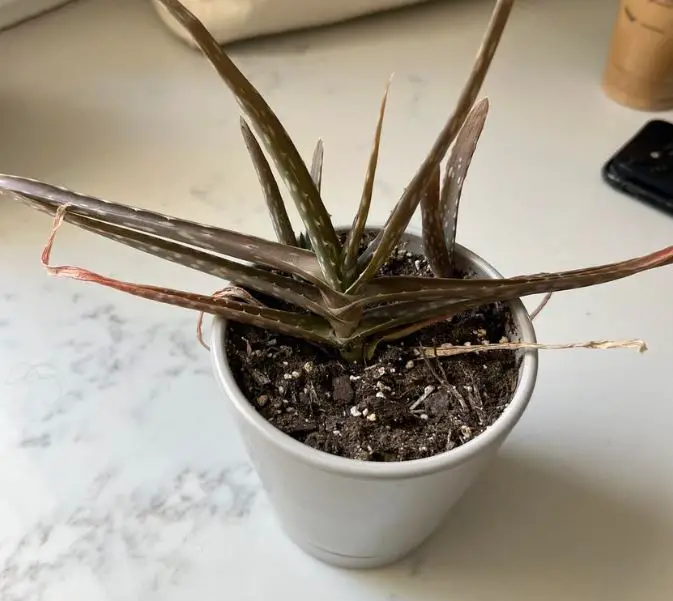Reasons Hens and Chicks are Growing Tall and What to Do
Houseleeks or hens and chicks are known for their low-growth rosette profile. Mature plants can just reach a height of 6 – 12 inches. It’s uncommon for hens and chicks to grow tall. If this is happening to your plant, don’t panic, I’ll explain why this might happen and how to fix the problem.
Hens and chicks commonly grow taller particularly at the center of the plant when they are about to flower. This can happen with any mature plant at any time depending on the growth conditions. Plants that don’t receive enough sunlight may also elongate towards the source of light.
It’s normal when hens and chicks are growing taller due to the flowering process and you won’t need to take any action. However, it should be concerning if your plant is growing spindly due to insufficient light. Adjusting the light conditions will save the unhealthy hen and chick plants.
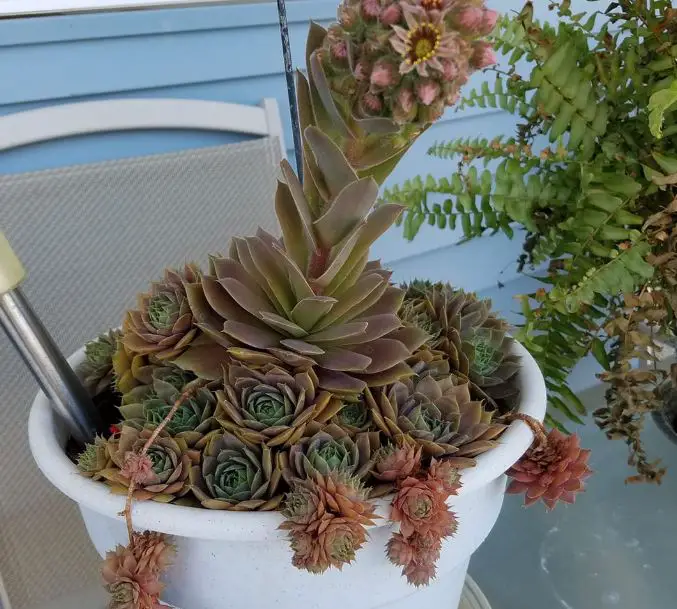
Why hens and chicks are growing tall
There are a number of reasons hens and chicks plant may grow taller than expected.
The succulent is about to flower
Hens and chick plants typically grow taller when they are about to flower. These plants naturally bloom in summer, from June to August. However, they can flower at other times of the year, if they feel stressed by changes in the temperature, light conditions, and small pot size.
When the hen and chick are about to flower, the mature center of the plant will start to grow tall and firm. The long tall stalk will then produce a bunch of flowers at the top. The flowers are usually pink or red, but they can also have other colors like white or orange.
The houseleek blooms can last for a few weeks before the plant dies off. The death of the plant is a natural part of its life cycle. Fortunately, before it dies, it always has several offsets that ensure continuity. Additionally, the plant leaves behind seeds that will germinate and grow into new plants.
What to do
There is typically nothing to do when your houseleek is blooming. Cutting off the long stalk won’t save the plant. You just need to wait for the flowering plant to die off and remove the remains so that the rest of the plants can have more space to continue growing.
The succulent is not receiving enough sunlight
Hens and chicks may grow tall and spindly when they are not receiving a sufficient amount of sunlight. This condition is called etiolation and it can make the succulent lose its rosette shape. The stems and leaves will keep growing tall and taller as the plant tries to reach a source of light.
Etiolation can also happen when the plants are overcrowded. If there are too many plants in a small pot, they will start to compete for sunlight and nutrients. This will lead to some plants growing taller than the others. This is part of the natural selection and the strongest plants will win the survival.
How to fix
If your hen and chick plant is growing tall due to a lighting problem just move it to a place that receives bright indirect light. Once the plant begins showing signs of recovery, introduce it gradually to full sun. Be patient as it may take several weeks for the succulent to regain its compact growth.
Hens and chicks plant prefer fun sun but they can also tolerate partial shade. They should be grown in a place where they can get at least 6 hours of sunlight daily. Indoors, place the plant near the south-facing window. If the room is not bright enough, add artificial grow lights to supplement the lighting.
Pro tip: Rotate your potted plants every fortnight or every time you water. This will help all the sides of the plant to receive light evenly.
To fix the problem of overcrowding, grow only a few plants in a spacious pot. Hens and chicks plants can spread very quickly producing several offsets around the mother plant. It is important to cut off some of the offsets on a yearly basis and plant them in separate pots.
Additional tips for growing and caring for hens and chicks
Hens and chicks are generally easy to grow and maintain. They are drought-tolerant plants and they can thrive in various climates. Here are a few things that can help you successfully grow these succulents.
- Use well-draining soil when potting or repotting hens and chicks. These plants are susceptible to root rot when they sit in waterlogged soils. You can use a cactus mix or a succulent mix.
- Water hens and chicks regularly but not often. Water only when the soil is dry to the touch. Overwatering can cause root rot and other fungal problems.
- Fertilize them once a month during spring and summer using a balanced succulent or cactus fertilizer.
- Repot them every two to three years into a pot size bigger than the current one. You can also divide them into smaller portions and transplant them into separate pots.
- Hens and chicks thrive in full sun, so make sure the plant is getting at least 6 hours of sunlight per day.
- Inspect the plant regularly for pests and treat as needed. You can use neem oil or insecticidal soap to kill insect pests such as mealybugs, scale, aphids and spider mites.
Final Thought
Hens and chicks are relatively easy to grow and maintain. Their beautiful rosette leaves make them popular in various gardens. If your hen and chick plant is growing tall, then it’s about to flower and you don’t need to do anything about it.
The succulent may also grow spindly when not receiving enough sunlight and you should adjust act to save it from etiolation.
My name is Diane M Lewik, and I am the founder of this website. I am a degree holder in plant biology from the University of California – Berkeley. Over years, I have cultivated a vast collection of succulents and I have learned a great deal about how to grow and care for these unique plants.
